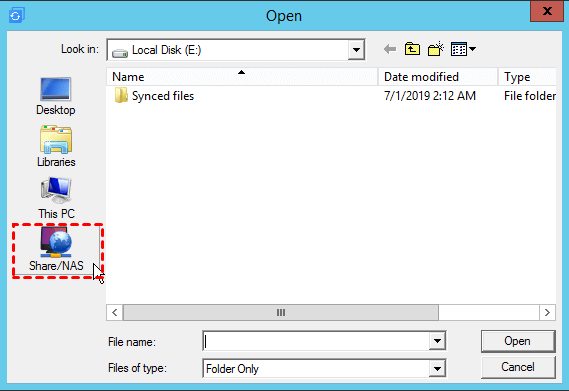

You can see all available options with icacls /?
#Qnap long path tool windows
Windows has a command line tool for the ACL administration – icacls.exe. Bear in mind, you’re solely responsible for any consequence following those instructions described here. You can accidentally either grant too much access rights or effectively block any user to access that particular object. Important notice: you must be very careful when to modify any ACL. So far, I made the main folder (that will be shared later) and all subfolders named like users in the system.

This share must be protected in case of any information incident, like a virus infection or a malicious user.Every user should access only his own folder.Every domain user will have that folder mapped as a local drive (automatically through the domain policy).That folder is intended to be used as the network folder for every single user.One of its shared folders is intended to be used only by a specific group of the domain users.There’s a server that acts as the file server.In my case, here are all constrains, conditions and expected goals: To assist you, I will share my case with you. You need to clearly define your objectives to achieve the expected result. When you want to work with multiple folders or make complex changes, you should use the Force (of the command line).

That’s fine as far as you occasionally need to perform such task. Many Windows admins will use Windows Explorer to manipulate folders and their privileges.


 0 kommentar(er)
0 kommentar(er)
